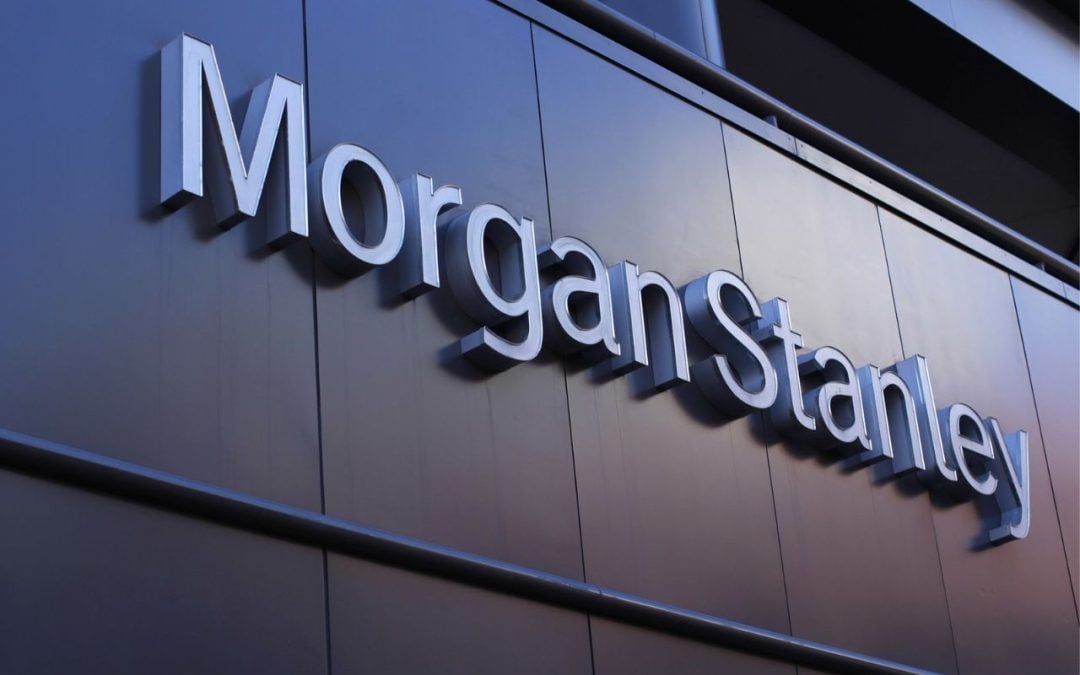In Wednesday’s trading session, shares of India’s largest private sector lender surged by 3.5 percent on BSE to hit a new 52-week high at Rs. 1,791.9, as compared to its previous closing price of Rs. 1,730.55.
With a market capitalisation of Rs. 13.5 lakh crore, at 10:33 a.m., the shares of HDFC Bank Limited were trading in the green at Rs. 1,785.9, up by 3.2 percent. The rally in HDFC Bank shares helped the Nifty index rise 128.7 points or 0.53 percent to 24,252.55.
What’s the news:
These fluctuations in the share prices of the lender follow the recently released shareholding pattern for Q1 FY24-25, which shows that the holdings of Foreign Portfolio Investors (FPIs) have declined further compared to Q4 FY23-24.
This decline in FPI holdings is expected to lead to a rise in inflows for the bank, potentially reaching between $3 billion to $4 billion from passive funds, as its weightage in the MSCI indices is likely to increase from current levels.
As per the shareholding data available on the BSE, FPI holdings declined from 55.54 percent to 54.83 percent at the end of Q3 FY23-24.
Within this ownership structure, FPIs now hold 47.17 percent in HDFC Bank, down from 47.83 percent in Q3 FY23-24, with the remaining held in HDFC Bank’s shares listed in the US or American Depository Receipts (ADRs).
For the bank’s weightage in the MSCI indices to increase, FPI holdings had to fall below 55.5 percent. The current foreign investment ceiling in HDFC Bank stands at 74 percent.
According to the brokerage firm BoFA Securities, if HDFC Bank’s FPI shareholding decreases further in Q1 FY24-25, it will comply with MSCI headroom norms, leading to an estimated Rs. 34,000 crore inflow from MSCI funds.
This has increased HDFC Bank’s FII headroom to 25 percent, meaning foreign investors now have access to a larger percentage of the bank’s shares.
The MSCI (Morgan Stanley Capital International) guidelines have rules about how much a stock can be owned by foreign investors (called FPIs or Foreign Portfolio Investors). If the FPI headroom for a stock is between 15 percent and 25 percent, the index provider (MSCI) uses an adjustment factor of 0.5.
However, if the headroom for a stock goes above 25 percent, the adjustment factor changes to 1. This means the stock’s weightage in the index will increase, leading to more inflows.
The current weightage of the HDFC Bank makes up around 3.8 percent in the MSCI Emerging Markets index.
However, according to Nuvama Alternative and Quantitative Research, HDFC Bank’s weighting in the MSCI EM index could increase between 7.2 percent and 7.5 percent, post the rejig.
This significant jump in weighting could lead to inflows of $3.2 billion to $4 billion into HDFC Bank over a 6-day period.
Financial Performance:
In terms of financials, the net interest income stood at Rs. 35,742 crore in Q4 FY23-24, rising by 43.3 percent YoY from Rs. 24,942 crore in Q4 FY22-23, while the after-tax profit grew by 42.6 percent to Rs. 18,012 crore from Rs. 12,634 crore, during the same period.
About the company:
HDFC Bank Limited is engaged in the business of providing a range of banking and financial services including retail banking, wholesale banking and treasury operations.
The Bank has overseas branch operations in Bahrain, Hong Kong, and Dubai and an Offshore Banking Unit at the International Financial Service Centre (IFSC), GIFT City, India.
The financial accounting systems of the HDFC Bank are centralised and, therefore, accounting returns are not required to be submitted by branches of the Bank.
Written by Shivani Singh
Disclaimer

The views and investment tips expressed by investment experts/broking houses/rating agencies on tradebrains.in are their own, and not that of the website or its management. Investing in equities poses a risk of financial losses. Investors must therefore exercise due caution while investing or trading in stocks. Dailyraven Technologies or the author are not liable for any losses caused as a result of the decision based on this article. Please consult your investment advisor before investing.





